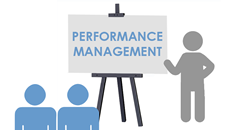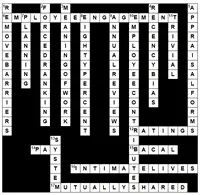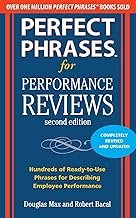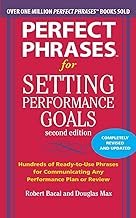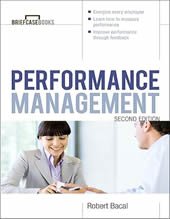Pro's and Con's Of The Critical Incident Method For Evaluating Performance
The critical incident method of reviewing or documenting performance involves recording instances of important events (incidents) where the employee has performed well or performed less effectively. Both employee behavior (e.g., yelled at customer) and results (e.g., customer cancelled order) can be included in the “incidents net.”
To keep the recording process from becoming chaotic, you can use forms or other methods that provide categories. For example, a recording form might include categories like “customer relations,” “punctuality,” or “teamwork.” The recording of critical incidents is normally done in a narrative form, but it tends to be more focused since it’s driven by observations of specific events and not general impressions, as is usually the case with the straight narrative.
It’s possible to use this method in several ways. The manager
can be responsible for documenting critical incidents, particularly
when he or she is in
a position to regularly
observe employee performance.
In a call center,
where the manager may
periodically monitor how
calls are handled, the critical
incident method works
well. Where the manager is
not able to monitor performance
directly, it’s possible to use a less conventional method. The employee can
document successes and problems as they occur. A good
example of the critical incident process is when a police officer
documents the facts of a case, such as the apprehension of a
suspect. That document can be used later for discussion with a
superior to analyze what went well and what, if anything, could
have gone better.
Not Just the Negatives Avoid the tendency to focus narratives on things that have gone wrong. Believe it or not,e ven with under-performing employees,it’ s likely they are doing more things right than wrong.This should be reflected in the narratives.There’s no need to gloss over problems,but just don’t forget the positives.
Strengths Of The Critical Incident Method
The critical incident method is most appropriate and effective when the manager directly observes and supervises the employees regularly, so he or she can monitor important events. It is less a way to record performance on a yearly basis and much better suited to a situation where manager and employee are speaking about performance on a very regular basis.
If we compare the pure narrative with the critical incident method, the one advantage of the critical incident method, when it’s done properly, is that it involves recording specific observable situations, while narratives tend to be more general.
The more specific the information you make available to employees, the more likely the employees will be able to use that information to improve their performance.
Weaknesses And Potential Flaws Of Critical Incident
Unless there is regular monitoring and paperwork is kept up to date, this method is more suited to ongoing performance communication than for use in a once-a-year performance review meeting. Keep in mind that many jobs do not lend themselves to direct observation of events and that employees may feel “over-monitored” and mistrusted if managerial observation occurs often.
Maximizing Success
Recording of critical incidents should be descriptive and not evaluative. That is, you record what you hear or see and not your opinion about what happened. Think of it like writing a news story—it’s who, what, when, where, and perhaps why.
The place for evaluating or appraising the value of what you see is in face-to-face discussions with the employee. Ideally you present what you saw and encourage the employee to evaluate his or her behavior and diagnose the problem.
There’s a tendency to record only negative incidents. Be alert to the positive events and situations where the employee has performed well.
